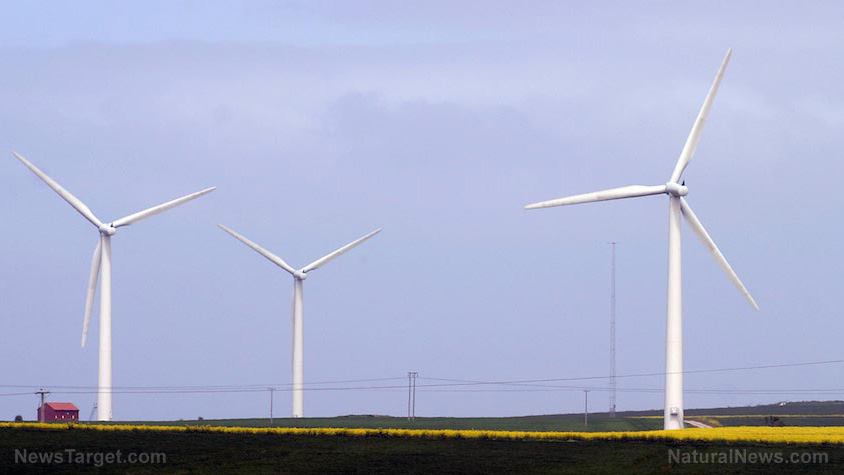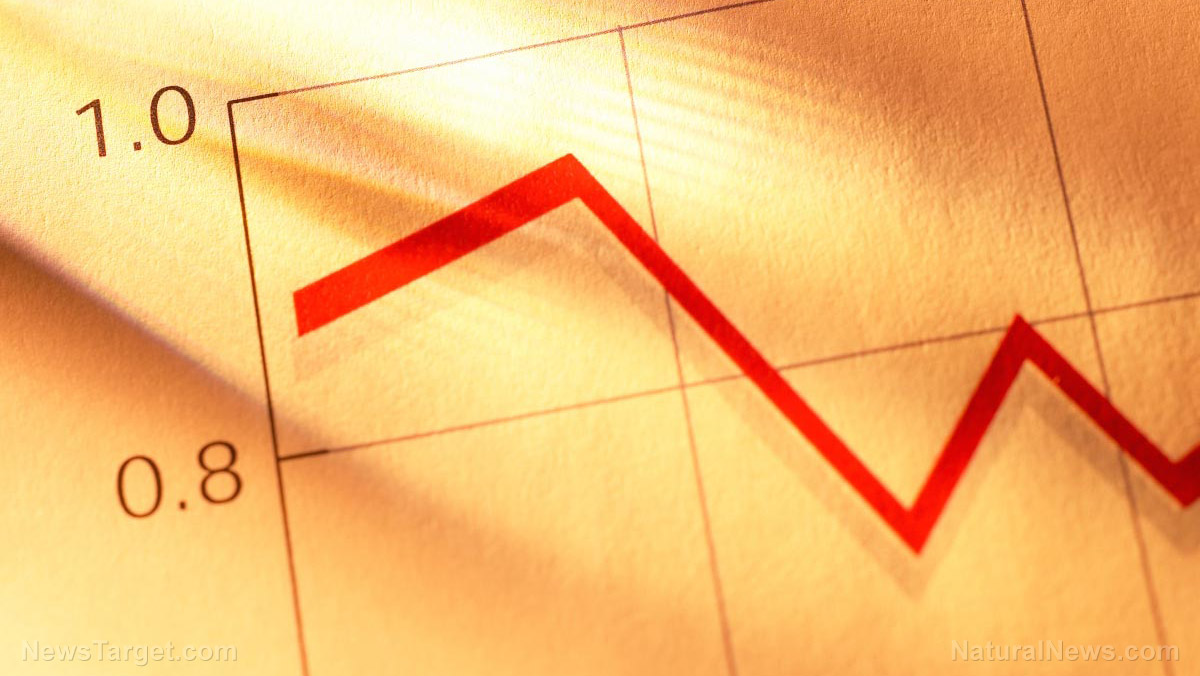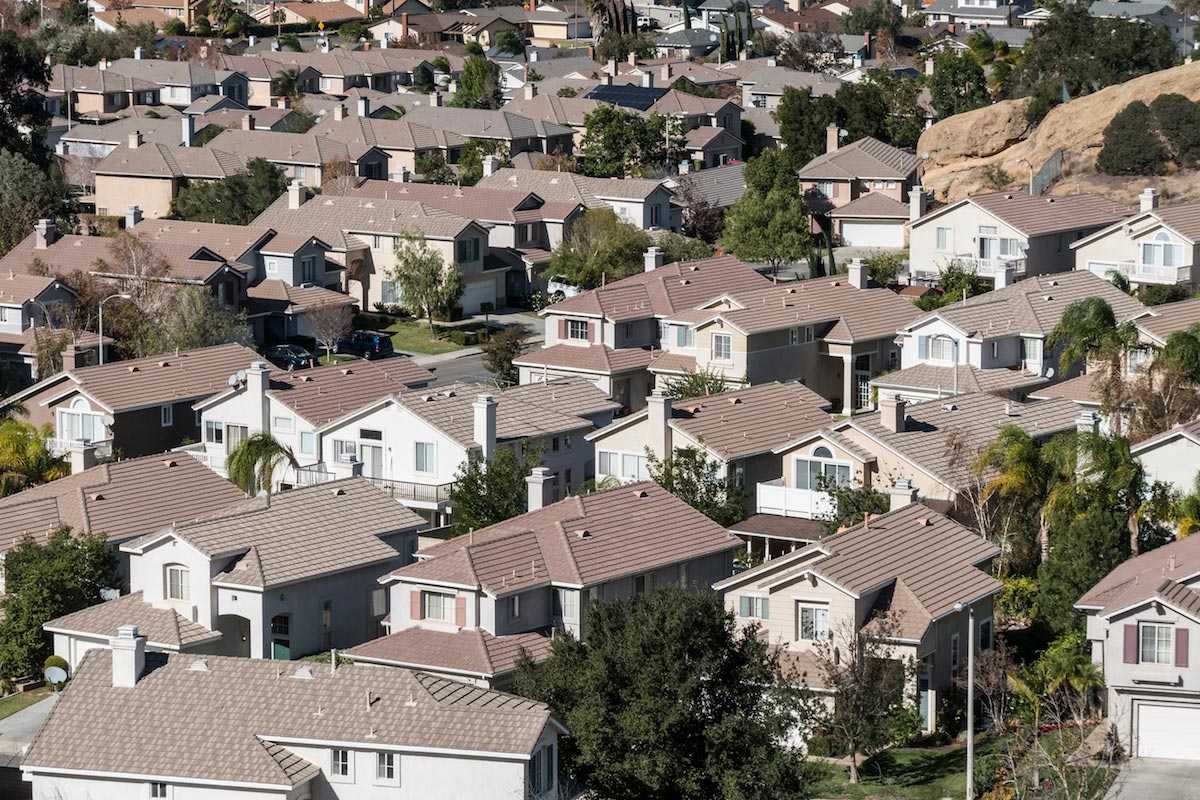Europe energy prices spike as winds pause in stormy North Sea
09/15/2021 / By Mary Villareal

Winds in the stormy North Sea stopped blowing, and Europe, which already lacks natural gas, found electricity markets surging. This sudden slowdown in wind-driven electricity production in the U.K. caused a sudden switch in the direction of regional energy markets as gas and coal-fired electricity plants were called to make up for the shortfalls.
Natural gas prices hit all-time highs and thermal coal, which had been shunned for its carbon emissions, has emerged from its long price slump as utilities are forced to use it to turn on their backup power sources.
This showed the precarious state that the region’s energy markets face, heading into the long European winter. The price increase was seen mostly in the U.K., which relied on wind farms to eradicate net carbon emissions by 2050.
Stefan Konstantinov, a senior energy economist at data firm ICIS said that the leap in power prices took a lot of people by surprise. If this happened in the winter where there is a significantly higher demand, then it will present as a real issue for system stability.
UK electricity prices more than doubled in September alone
At their peak, the U.K. electricity prices more than doubled in September, and is already almost seven times as high compared to the same point in 2020. France, the Netherlands, and Germany power markets also jumped significantly. (Related: Power With Nature: Solar and Wind Energy Demystified.)
Prices for next-day power dispatch rocketed to £285 a megawatt-hour in the U.K. when wind speeds dropped.
Electricity prices usually see the cost of generation at the most expensive supplier to determine the prices for everyone. This means that when countries derive power from thermal plants with high running costs, it boosts prices for the whole market. This resulted in a climb in prices for gas, coal, and carbon as well.
Further, energy prices could shoot even higher if the cool temperatures stop gas stores from replenishing before the peak winter demand.
Electricity, gas, coal and carbon markets feed on one another; thus, high gas prices can prompt utilities to burn more coal, and they will have to buy more emissions allowances.
Wind accounted for a quarter of Great Britain’s power in the last year. After the winds dropped, system operator National Grid asked Électricité de France SA to restart its coal power station in Nottinghamshire. This is a band-aid solution though: the government said all coal plants must close by late 2024.
Abundant wind power has lead to periods of cheap electricity; however, U.K. wind farms produced less than one gigawatt on some days, and the farms have a full capacity at 24 gigawatts. Maintenance work on cables also restricted electricity imports from France.
The price surge showed the need for backup power supplies for times when winds don’t blow, or if the sun doesn’t shine. Alternative options include reserve thermal power plants, battery storage, or cables for importing electricity.
Europe’s electricity prices a preview of what’s in store for global markets
The price crunches could become more widespread. European energy pricing dynamics offer a glimpse of what is in store for commodity markets, analysts suggest. The noted that the combination of falling inventories and reopening of the global economy is likely to boost prices as markets continue to struggle to balance strong demand with little supply.
The S&P GSCI commodities index is expected to return 11 percent over the next 12 months. This index is dominated by oil, gold and agricultural products.
Analysts also said that inventories in nearly all physical goods are declining sharply as pandemic restrictions lift, and people spend. Limits of how much commodities can be supplied due to labor shortages or bad weather could mean that demand will have to drop so that markets can balance themselves out.
Get more updates at Power.news.
Sources include:
Tagged Under: Bubble, climate, Collapse, electricity, environment, gas demand, green energy, market crash, power grid, power industry, price hikes, renewable energy, wind farms, wind power, Wind Turbines
RECENT NEWS & ARTICLES
COPYRIGHT © 2017 BUBBLE NEWS


















